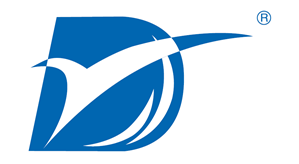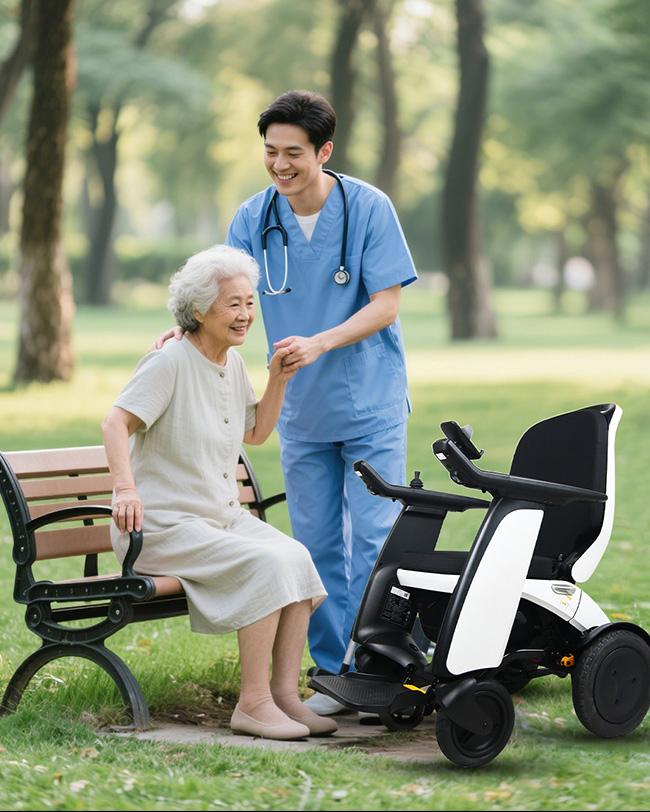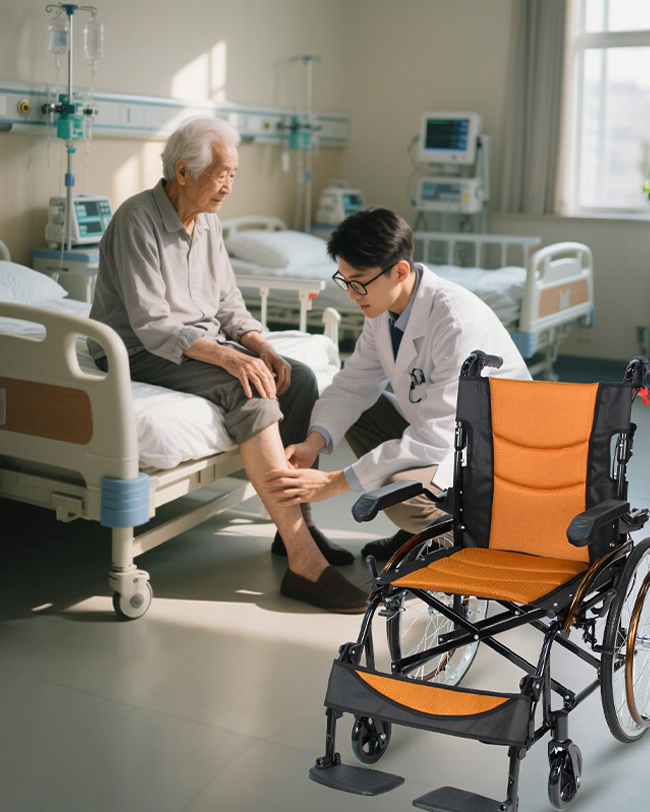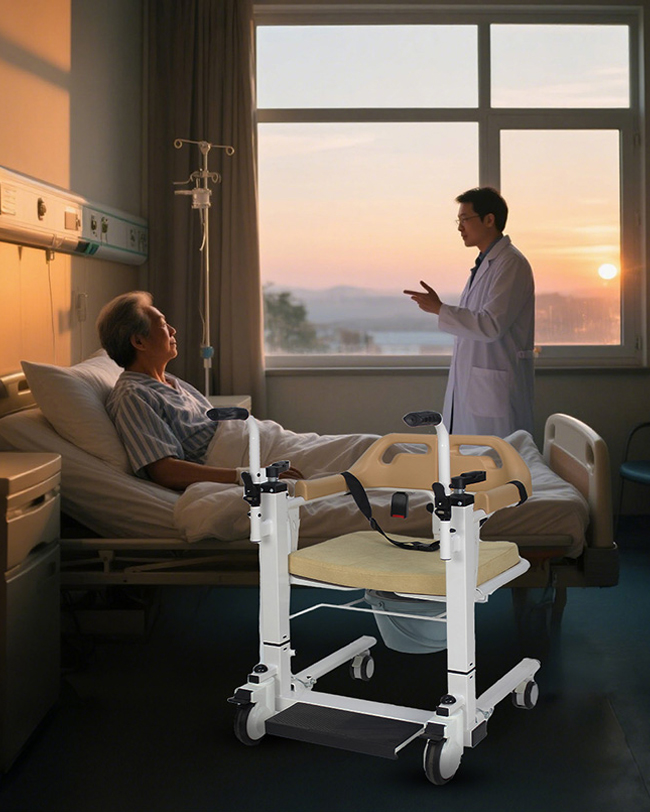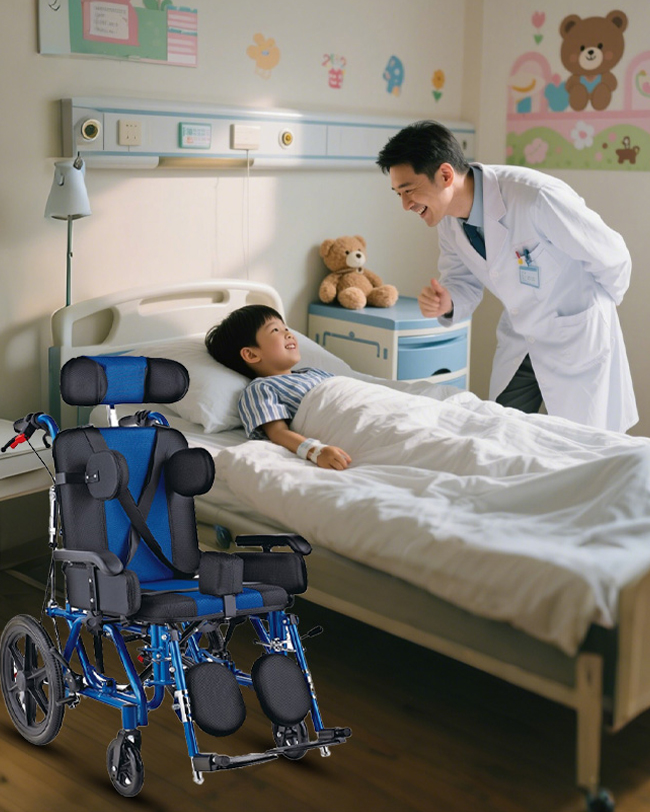For many who rely on electric wheelchairs for mobility, planning an air journey often brings uncertainty and anxiety: “Can my electric wheelchair board the plane?” “What about the battery?” “What preparations are needed?” As a leading enterprise in China's rehabilitation equipment sector, Guangdong Dayang Medical Technology Co., Ltd. is committed not only to delivering exceptional products but also to providing comprehensive travel solutions. Today, Dayang Medical presents this comprehensive “Complete Guide to Air Travel with Electric Wheelchairs,” designed to alleviate your travel worries and ensure your journey begins smoothly from the very first step.
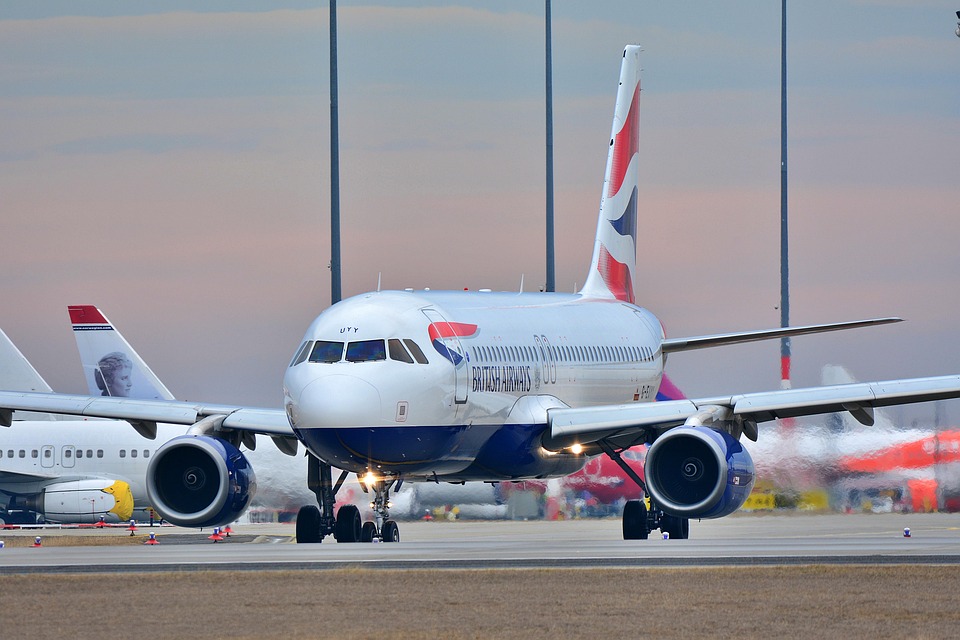
I. Preparation is Key
Notify Immediately When Booking:
When purchasing tickets via the airline's official website, app, or customer service hotline, you must declare your need to travel with an electric wheelchair at the very first opportunity. The airline's booking system includes a “Special Passenger Services” option—be sure to fill in the relevant information.
DaYang Medical's Insight: This step is crucial because it determines whether the airline can allocate resources for you in advance. Each aircraft has strict limits on the number, size, and weight of electric wheelchairs it can carry. Advance notification secures your spot.
Re-confirm 48-72 hours before departure:
No later than 48 to 72 hours before your flight departs, call the airline's “Special Passenger Services Department” or “Customer Service Hotline” again. Confirm your declared needs with the agent and provide the exact model of your electric wheelchair.
DaYang Medical Insights: This call is crucial for obtaining the most accurate information. You can double-check the airline's specific policies and ensure your details have been accurately communicated to the departure, destination, and transit airports.
II. A Deep Dive into Electric Wheelchair Batteries
Key Takeaway: Batteries are the absolute core of aviation safety checks. Their type and handling directly determine whether your wheelchair can board.
1. Identify Your “Battery Type”
The Perfect “Passport” — Sealed Batteries (Including Gel and AGM Batteries):
This is the battery type used in the vast majority of electric wheelchairs and is the most welcome and least controversial option for airlines. Its defining feature is that the electrolyte is completely sealed, solidified, or absorbed, ensuring no leakage at any angle and offering extremely high safety.
Dayang Medical Action Guide: Immediately inspect your electric wheelchair's battery casing. If the label displays “Gel” or “AGM,” congratulations—your battery fully complies with air transport requirements.
“Energy Core” Requiring Caution—Lithium Batteries:
With technological advancements, lithium-battery wheelchairs have gained popularity due to their lightweight and high efficiency. Airlines permit their transport but impose strict restrictions.
Key Metric: Rated Watt-Hours (Wh). Locate this parameter on your battery label.
≤160Wh: Typically transported directly without restrictions.
160Wh - 300Wh: Requires advance declaration and airline approval. Usually permits one spare battery ≤300Wh. Alternatively, two spare batteries ≤160Wh each may be permitted.
>300Wh: Strictly prohibited.
Dayang Medical Action Guide: For users of lithium-battery-powered wheelchairs, always verify your battery's rated energy (Wh) before travel. When communicating with airlines, clearly state: “My wheelchair uses a lithium battery with a rated energy of XX Wh,” confirming compliance with the under-300Wh regulation. Do not simply refer to it as a “leak-proof battery.”
Absolutely “Prohibited for Entry” — Non-Sealed Wet Batteries:
These traditional, non-sealed flooded batteries requiring fluid addition pose a leakage risk and are explicitly banned by nearly all airlines worldwide.
Dayang Medical Action Guide: If your wheelchair still uses this type of battery, please replace it with a compliant gel battery or AGM battery.
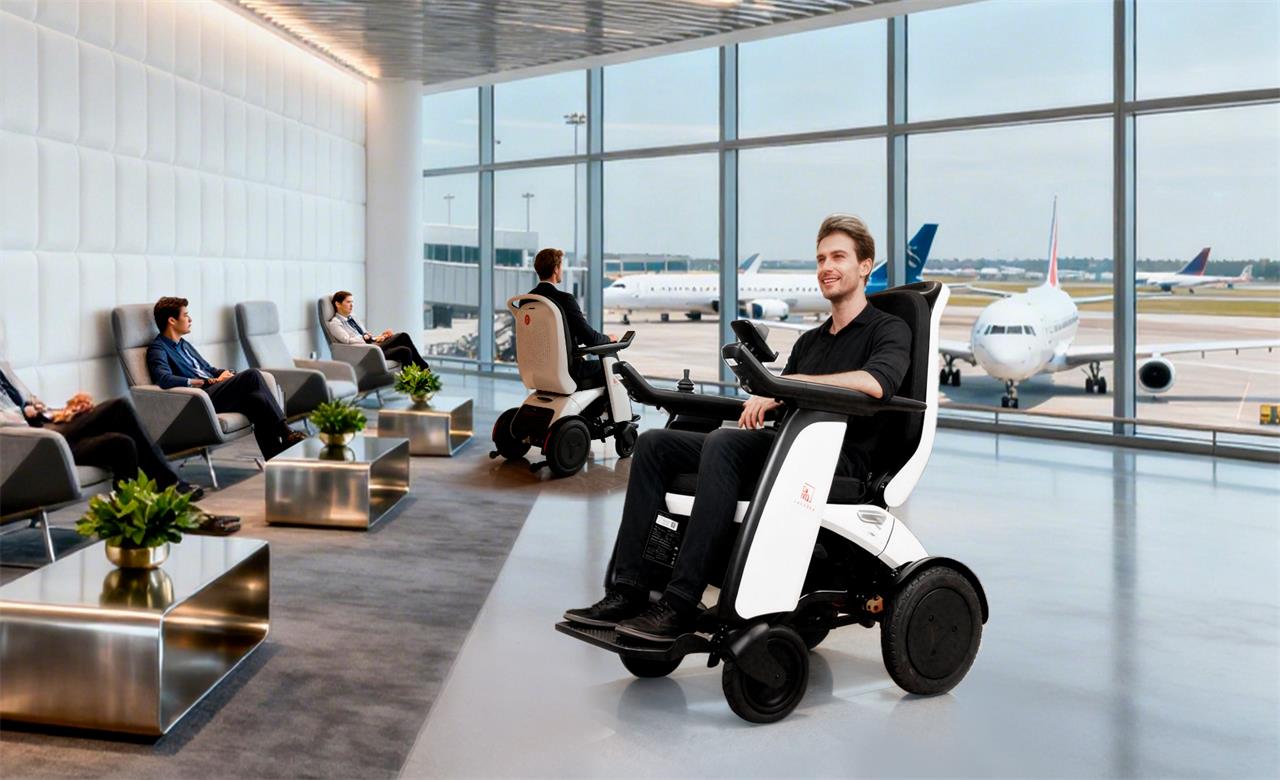
2. Battery “Pre-Boarding Preparation”: Four Major Safety Guidelines
Regardless of your battery type, the following handling protocols must be followed:
Guideline 1: Secure Installation. The battery must be securely mounted to the wheelchair frame and cannot be checked separately.
Guideline 2: Power Off. Before checking the wheelchair, ensure the power is turned off to prevent accidental activation during transit.
Guideline 3: Prevent Short Circuits. Wrap the battery terminals with insulating tape (e.g., electrical tape) to avoid contact with other metal objects that could cause a short circuit.
Guideline 4: Sign Declaration. At the airport, staff may request you to sign a “Battery Safety Transport Declaration” confirming proper battery handling. Please cooperate.
III. Check-in and Boarding
Arrive early at the airport: Arrive at least one hour earlier than the standard recommended time to allow ample time for wheelchair inspection and check-in.
Check-in Counter Communication: When checking in, inform ground staff again that you have an electric wheelchair for check-in. They will record the wheelchair details and may inspect the batteries.
Use to the Gate: You may use your electric wheelchair throughout the airport up to the boarding gate.
Gate Handover: At boarding, ground staff will meet you at the jet bridge or boarding ramp to transfer the wheelchair. At this point, they will attach a “Priority Baggage” tag to your wheelchair.
DaYang Medical's Thoughtful Tip: We recommend carrying copies of key pages from your wheelchair's user manual and the battery specification sheet for ground staff reference. Also, remember to remove detachable parts like cup holders and footrests from your wheelchair and carry them with you.
IV. Arrival and Collection
Following international aviation practice, electric wheelchairs are treated as priority baggage and unloaded first.You can typically collect your wheelchair at one of two locations:
Aircraft Door: The most common method, where staff deliver the wheelchair directly to the aircraft door.
Oversized Baggage Claim Area: Some airports designate this area for delivering special baggage.
Dayang Medical Recommendation: Before leaving the airport, carefully inspect your wheelchair for damage and test basic functions to ensure it operates normally. If any issues are found, immediately contact the airline's baggage service department for on-site resolution.
